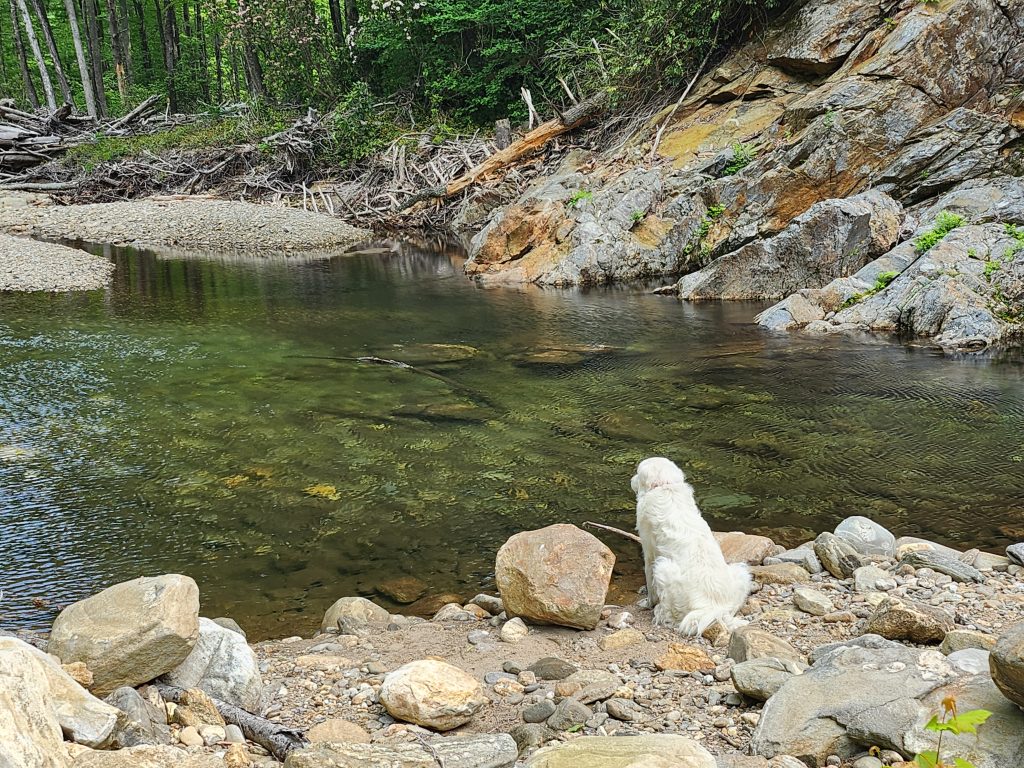
Traditional Cherokee methods turn mountain streams into reliable food sources using only natural materials.
Western North Carolina’s mountain streams have sustained traditional fishing practices for thousands of years, offering a blueprint for sustainable wilderness fishing using minimal modern gear and maximum bushcraft knowledge. Unlike emergency survival fishing, these techniques represent everyday methods that work consistently “before the storm” – building long-term food security through deep understanding of native ecosystems, fish behavior, and traditional crafts.
The Cherokee and early Appalachian settlers developed sophisticated fishing systems in WNC’s 3,000+ miles of mountain streams, creating techniques that remained productive for generations. Modern practitioners can learn these time-tested methods to fish sustainably with handmade gear, natural baits, and traditional knowledge – skills that transfer remarkably well to mountain regions worldwide.
Brook trout, North Carolina’s only native freshwater trout and the state fish, represents the pinnacle of these traditional systems. Found in pristine headwater streams above 3,000 feet, brook trout evolved alongside Cherokee fishing practices that emphasized selective harvesting, seasonal timing, and community resource management. Understanding their behavior, along with introduced rainbow and brown trout plus native smallmouth bass, forms the foundation for successful wilderness fishing throughout the Southern Appalachians and beyond.
Understanding WNC’s native fish and their seasonal patterns
Brook trout dominate the highest elevation streams and represent the most challenging and rewarding target for wilderness fishing. These native fish prefer water temperatures below 68°F and exhibit distinct feeding patterns tied to seasonal insect emergence. During spring (March-May), brook trout become aggressive feeders as water temperatures reach 45-60°F, targeting mayflies, caddisflies, and stoneflies emerging from winter dormancy. Their spawning occurs in fall (September-November) when temperatures drop to 50-55°F, creating territorial behavior that wilderness anglers can exploit with careful timing.
Smallmouth bass, native to western NC river systems, provide excellent opportunities for traditional fishing methods. These bronze-colored fighters prefer rocky streams with good current and water temperatures between 60-70°F. Unlike trout, smallmouth bass are ambush predators that rely heavily on crayfish, minnows, and larger insects. Their spring spawning period (April-June) sees males becoming highly protective of nests, making them vulnerable to presentations near rocky substrate in shallow water.
Rainbow and brown trout, introduced in the 1880s but now naturalized, expand fishing opportunities beyond native species habitat. Rainbow trout tolerate faster currents and slightly warmer water than brook trout, feeding aggressively in riffles and runs. Brown trout prove most adaptable to traditional methods, being primarily nocturnal feeders that consume larger prey including crayfish, small fish, and terrestrial insects.
The key to success lies in matching techniques to seasonal fish behavior. Spring brings peak feeding as fish recover from winter dormancy, making it ideal for active techniques using emerging insect patterns. Summer concentrates fish in cooler, deeper refuges where patient presentations with terrestrial baits prove most effective. Fall triggers aggressive pre-winter feeding, perfect for streamers and larger baits. Winter requires slow, methodical approaches targeting the deepest available pools.
Traditional Cherokee and Appalachian fishing mastery
The most sophisticated traditional technique was the fish weir – V-shaped stone structures built across streams to channel and concentrate fish for community harvests. Cherokee weirs typically stretched 60+ feet across river bends, using carefully selected and fitted stones without mortar. The V-shape created a funnel effect directing fish toward basket traps positioned at the apex, where community members used coordinated drives to push fish downstream.
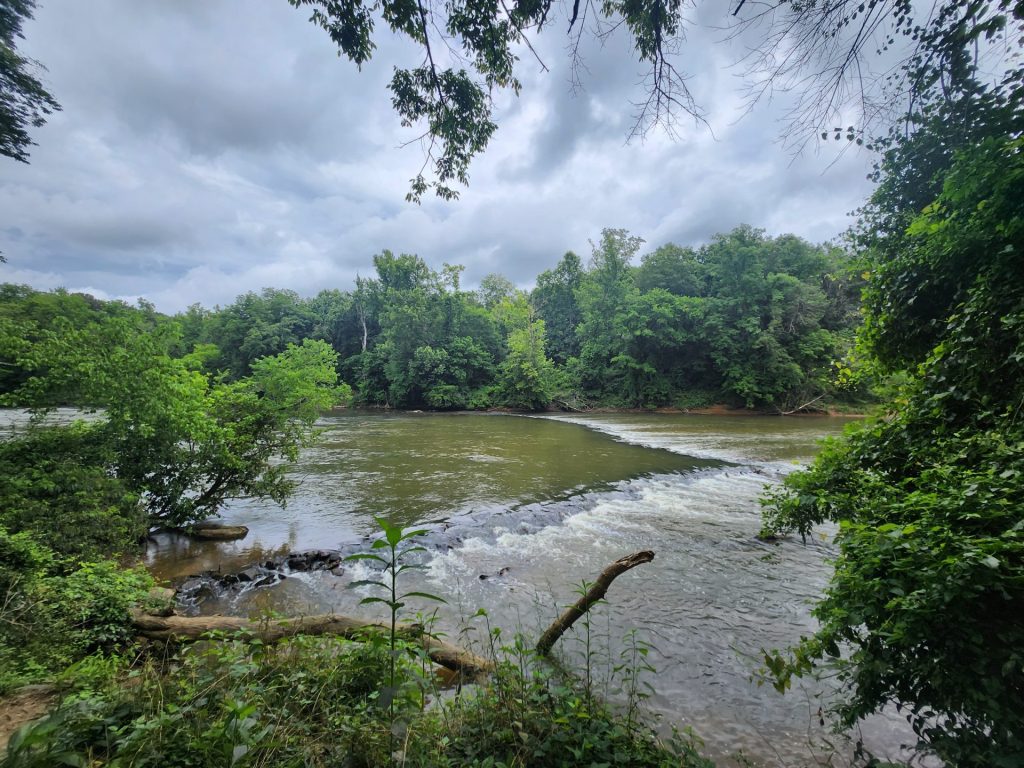
These operations could capture hundreds of fish during spawning runs, particularly effective for native sicklefin redhorse, trout, and other species. The sustainability came from selective design – smaller fish escaped through stone gaps, weirs allowed fish passage when not actively used, and community protocols determined usage timing and frequency. Modern archaeological studies show minimal ecological impact on benthic organisms, demonstrating the sophistication of traditional resource management.
Spearing techniques represented individual skill mastery rather than community effort. Cherokee fishermen crafted 8-10 foot wooden shafts with stone, bone, or copper points, developing both single-point spears for larger fish and three-pronged versions for stream fishing. Night spearing from canoes using fire torches proved particularly effective, as light attracted fish to the surface while illuminating targets. Wade spearing required extraordinary patience, with practitioners standing motionless in shallow water for extended periods, striking with lightning precision when fish approached.
Traditional net and trap construction utilized entirely natural materials. Cherokee basket traps woven from river cane used over-two, under-two patterns creating containers so tight they could hold water. These funnel traps, integrated with stone weirs, could be sized for specific species and fishing conditions. Seine nets made from nettle-stalk twine and bark-fiber cord allowed community seining operations in larger pools, with nets thoroughly washed and sometimes treated with sumac leaf solution to eliminate human scent.
Preservation techniques ensured year-round food security from seasonal fishing success. Hot smoking at 100-225°F using controlled hardwood fires cooked fish while preserving them for weeks. Cold smoking below 80-100°F combined with air drying created jerky-like preservation lasting months. Salt preservation, when available through trade, used both dry salting and strong brining methods. Community coordination meant massive seasonal harvests could be processed efficiently, supporting entire villages through winter months.
Crafting wilderness fishing gear from natural materials
Basswood (American Linden) provides the premier cordage material in WNC forests. Harvest inner bark from small limbs during May through August when bark separates easily from wood. Fresh processing involves stripping outer gray bark, separating inner bark layers, then rinsing under running water while mashing to remove sticky cellulose, leaving pure bast fibers. Water retting – submerging bark strips for 6-8 weeks – allows microorganisms to rot away cellular tissue, producing superior long-length cordage with beautiful reddish outer strands and blonde inner fibers.
Stinging nettle creates surprisingly strong fishing line when properly processed. Collect stems after first frost when plant material has dried, cut close to ground, then break stems every few inches by snapping. Carefully peel fiber-bearing bark from each section and rub to remove plant debris. For finest cordage, water-ret processed fibers for several weeks. The resulting line, when twisted properly using two-ply technique, rivals modern monofilament for small fish applications.
Hook construction requires understanding multiple approaches for different fishing situations. Gorge hooks represent the most primitive and effective design – hardwood sticks ¾ inch long and ⅛ inch diameter, sharpened at both ends with shallow center groove for line attachment. Fish swallow the bait with gorge inside; when line tension occurs, the gorge turns sideways and lodges in the throat. This method proves deadly effective but requires patience – give fish 30 seconds after initial strike before setting hook.
Bone hooks offer more familiar designs using deer jaw bones, leg bones, or other skeletal material. The upper maxilla bone provides natural hook curves when split lengthwise and shaped with abrasive stones. Cut small notches in the shank for secure line attachment, making hooks thicker rather than thin for strength over stealth. Deer leg bones can be split to produce multiple hooks, though these tend to break at the curve unless that section is reinforced.
Thorn hooks provide quick field-expedient solutions using hawthorn or honey locust thorns. Open cordage ends by untwisting to form small loops, slip over thick thorn end, then poke sharp end through opened cordage one twist above and re-twist tight. This creates secure attachment for hooks that can be replaced quickly when damaged.
Willow basket traps represent sophisticated fish capture systems requiring weeks to construct but lasting for years. Select 7-11 long willow saplings (odd numbers essential for proper weaving), tie one end together, spread other ends and weave with willow bark strips while inserting rocks to maintain shape. Create cone shapes 4-5 feet long with 20-24 inch openings. Funnel construction uses same technique with small inward-pointing opening sized for target fish species.
Reading mountain water like an ancient text
Successful wilderness fishing begins with understanding stream hydraulics and how they concentrate food sources. Pools carved by upstream rapids represent primary lies – deep, slow-moving sections that hold larger, less active fish. Fish pools systematically from downstream up, covering head areas where food funnels in, middle sections for resting fish, and tail areas where food concentrates before exiting.
Current seams – where fast water meets slow water – create natural feeding lanes allowing fish to hold in energy-efficient slow water while darting into fast current for food. These transition zones consistently produce fish across all seasons and represent the most important water type for wilderness anglers to master. Look for foam lines, debris collection points, and subtle surface disturbances indicating subsurface current breaks.
Structural complexity creates the microcurrents and hiding places essential for trout survival. Undercut banks provide prime holding water – deep, cool, protected spaces beneath overhanging sod. Boulder gardens create pocket water with numerous small feeding lies between rocks. Fallen logs and woody debris form current-breaking structure while providing overhead cover. Root systems and overhanging vegetation offer both protection and terrestrial insect food sources.
Seasonal water reading requires adapting to changing stream conditions throughout the year. Spring’s high, variable flows push fish to slower edges and back-eddies where they can rest without fighting current. Summer’s low, clear conditions concentrate fish in the deepest available pools and shaded areas, making stealth approach critical. Fall’s moderate, stable flows provide ideal conditions with predictable fish locations. Winter’s minimal flows focus fish in the deepest pools and slowest back-eddies where they conserve energy.
Temperature gradients within stream systems create fishing opportunities independent of weather patterns. Spring-fed areas maintain consistent cool temperatures during summer heat, attracting fish from warming main stems. Tributary mouths often provide cooler water and increased food sources. Shaded pools beneath overhanging trees stay significantly cooler than exposed areas, creating thermal refuges during hot periods.
Seasonal strategies for year-round success
Spring fishing (March-May) centers on emerging insect life and recovering fish metabolism. As water temperatures climb from 45-65°F, major hatches begin – Quill Gordon, Blue Quill, Hendrickson, March Brown, and Light Cahill mayflies provide consistent feeding opportunities. Fish riffle-pool transitions and heads of pools where emerging nymphs concentrate before adult emergence. Rainbow trout spawning in early spring makes egg patterns deadly effective, while brook trout begin aggressive pre-spawning feeding.
Target fish during warming trends rather than cold snaps, as consistent temperature increases trigger both insect activity and fish feeding. Use wet flies and nymphs mimicking ascending insects, and be prepared for variable weather conditions requiring flexibility in approach and timing.
Summer techniques (June-August) shift focus from aquatic insects to terrestrial food sources as stream temperatures reach 60-75°F or higher. Ants, beetles, crickets, grasshoppers, and inchworms become primary food sources, requiring different presentation techniques. Fish early morning until 11 AM, then switch to evening fishing after 6 PM to avoid warming water temperatures that stress cold-water species.
Higher elevation streams above 2,500 feet maintain better temperatures throughout summer, making them prime destinations during hot periods. Focus on shaded areas, undercut banks, and spring-fed sections. Long, light leaders (6X-7X equivalent when using natural materials) become necessary as clear water makes fish extremely wary.
Fall fishing (September-November) represents peak season as cooling temperatures trigger aggressive feeding behavior. Brown and brook trout spawning creates territorial behavior exploitable with larger streamers and aggressive presentations. Blue Winged Olives, caddis, and small stoneflies provide consistent hatches, while pre-winter feeding makes fish less selective about presentations.
Target deeper pools and runs, avoiding obvious spawning areas (redds) to protect reproducing fish. Two-streamer rigs prove highly effective for large brown trout, while brook trout respond well to traditional wet fly techniques during their pre-spawn feeding period.
Winter approaches (December-February) require patience and precision as fish metabolism slows dramatically. Water temperatures of 35-45°F make fish lethargic with minimal feeding activity. Focus on the deepest pools and slowest back-eddies where fish conserve energy. Fish midday during warmest hours (10 AM-3 PM) when any insect activity occurs.
Use smallest presentations – tiny midge patterns and small nymphs worked slowly through deep water. Streamer fishing can be productive with extremely slow retrieves, imitating dying or sluggish baitfish. Accept that winter fishing requires more effort for fewer fish, but rewards patient anglers with less competition and occasional trophy catches.
Natural baits from WNC forests and streams
Aquatic insects represent primary trout food throughout the year, requiring seasonal identification and collection skills. Mayflies with three tail filaments and single pair of wings dominate spring hatches – collect nymphs by seining nets through riffle areas or turning over rocks in shallow water. Caddisflies, the most abundant insect group with over 330 species in WNC, provide year-round opportunities. Look for larvae in protective cases attached to rocks, or seine adult insects during evening emergence periods.
Stoneflies, identified by four wings held flat and two tail filaments, offer excellent early season bait. Large golden stoneflies emerge in late spring, providing substantial food sources that trout actively seek. Collect by turning rocks in fast water or looking along stream edges where adults crawl before emerging.
Terrestrial insects become critical during summer months when aquatic insect activity decreases. Ants represent consistent food throughout warm months – collect under logs, rocks, and cow patties during early morning when dew makes them sluggish. Grasshoppers require collection from grassy areas adjacent to streams, again most effective in early morning or late evening when they’re less active.
Beetles provide excellent bait throughout summer and fall – Japanese beetles, ground beetles, and various other species fall into streams regularly, making them familiar food for trout. Crickets can be collected under porches, logs, and debris piles, or in some cases purchased from bait shops for wilderness fishing expeditions.
Worms remain universally effective bait across all fish species and seasons. Red worms and small earthworms live under rocks, rotted logs, and cow patties – areas with consistent moisture and organic matter. Night crawlers inhabit similar locations but grow much larger, making them excellent for smallmouth bass and large trout. Spring and fall provide optimal collection conditions when soil moisture supports active worm populations.
Specialized WNC baits include sourwood worms from sourwood tree leaves during spring – these bright green caterpillars prove irresistible to trout when properly presented. Spring lizards (salamanders) offer excellent bait for large brown trout, though collection requires careful handling and sustainable practices. Wasp larvae from accessible nests provide high-protein bait, but collection requires extreme caution and protective equipment.
Sustainable collection practices ensure long-term bait availability. Take only what you need for immediate use, rotate collection sites to avoid depletion, replace rocks and logs carefully to preserve habitat, and monitor populations to avoid over-collecting any location. Most importantly, follow all regulations regarding bait collection – many Public Mountain Trout Waters prohibit bait collection entirely.
Stoneflies, identified by four wings held flat and two tail filaments, offer excellent early season bait. Large golden stoneflies emerge in late spring, providing substantial food sources that trout actively seek. Collect by turning rocks in fast water or looking along stream edges where adults crawl before emerging.
Terrestrial insects become critical during summer months when aquatic insect activity decreases. Ants represent consistent food throughout warm months – collect under logs, rocks, and cow patties during early morning when dew makes them sluggish. Grasshoppers require collection from grassy areas adjacent to streams, again most effective in early morning or late evening when they’re less active.
Beetles provide excellent bait throughout summer and fall – Japanese beetles, ground beetles, and various other species fall into streams regularly, making them familiar food for trout. Crickets can be collected under porches, logs, and debris piles, or in some cases purchased from bait shops for wilderness fishing expeditions.
Worms remain universally effective bait across all fish species and seasons. Red worms and small earthworms live under rocks, rotted logs, and cow patties – areas with consistent moisture and organic matter. Night crawlers inhabit similar locations but grow much larger, making them excellent for smallmouth bass and large trout. Spring and fall provide optimal collection conditions when soil moisture supports active worm populations.
Specialized WNC baits include sourwood worms from sourwood tree leaves during spring – these bright green caterpillars prove irresistible to trout when properly presented. Spring lizards (salamanders) offer excellent bait for large brown trout, though collection requires careful handling and sustainable practices. Wasp larvae from accessible nests provide high-protein bait, but collection requires extreme caution and protective equipment.
Sustainable collection practices ensure long-term bait availability. Take only what you need for immediate use, rotate collection sites to avoid depletion, replace rocks and logs carefully to preserve habitat, and monitor populations to avoid over-collecting any location. Most importantly, follow all regulations regarding bait collection – many Public Mountain Trout Waters prohibit bait collection entirely.
Setting up long-term wilderness fishing operations
Base camp location determines success for extended wilderness fishing operations. Choose sites within easy walking distance of multiple productive water types – deep pools for large fish, riffle areas for insect collection, and varied habitat supporting different species. Access to fresh water, firewood, and level ground for equipment construction provides operational foundations, while considering prevailing winds for smoke management and weather protection.
Equipment caches strategically placed throughout fishing areas reduce daily carrying loads while ensuring essential gear availability. Construct weatherproof containers from natural materials – bark containers sealed with pine pitch, elevated platforms protected from ground moisture, or rock cairns marking buried supplies. Cache spare hooks, cordage, trap components, and bait collection materials at key locations, rotating perishable items regularly.
Trap line systems provide passive fishing opportunities while pursuing active techniques. Establish multiple basket traps in productive areas, checking and maintaining them daily. Construct fish weirs in appropriate locations where legal and ethical, understanding these require significant time investment but produce substantial results. Position traps to minimize interference with active fishing while maximizing capture potential.
Bait cultivation supports consistent fishing success without depleting natural populations. Establish worm beds using organic matter and consistent moisture in shaded areas near base camp. Identify and protect productive terrestrial insect habitats – fallen logs harboring beetles, grassy areas supporting grasshoppers, and ant colonies near water sources. Learn seasonal timing of natural bait availability to coordinate collection with peak abundance periods.
Processing and preservation infrastructure enables utilization of large catches or seasonal abundance. Construct smoking platforms using local materials – four-post frames with crossbars for hanging fish, controlled fire pits for consistent heat and smoke production, and weather protection for extended preservation periods. Establish clean processing areas near water sources for efficient fish cleaning and preparation.
Seasonal camp adaptation accommodates changing conditions throughout the year. Spring setup emphasizes insect collection areas and high-water fishing access. Summer modifications focus on shade and cool storage areas for bait and processed fish. Fall preparations include enhanced preservation capabilities for pre-winter fish runs. Winter adaptations provide weather protection and access to deep water fishing areas.
Community cooperation multiplies individual effectiveness through shared labor and knowledge. Coordinate with others for large-scale operations like weir construction, community drives, and preservation activities. Share specialized knowledge about local conditions, successful techniques, and resource locations. Establish protocols for sustainable harvesting that protect fish populations while meeting group food security needs.
Expanding techniques beyond the Blue Ridge
Rocky Mountain adaptations require significant modifications for higher altitude conditions (8,000-12,000+ feet). Reduced oxygen levels slow fish metabolism, demanding smaller presentations and more patient approaches. Cutthroat trout, native to western streams, exhibit more aggressive behavior than eastern brook trout but still require careful stalking in clear, high-altitude water. Scale down tackle accordingly – lighter lines, smaller hooks, and reduced bait sizes accommodate fish with diminished feeding response.
Extreme weather changes happen rapidly at altitude, requiring layered clothing systems and weather awareness beyond eastern mountain requirements. UV exposure increases dramatically, making polarized eye protection and sun-protective clothing essential for day-long fishing operations. Shorter growing seasons concentrate insect emergence into brief windows, demanding precise timing for maximum effectiveness.
Pacific Northwest techniques must scale up for larger water bodies and anadromous fish runs. Traditional methods like reef nets and fish wheels, developed by Indigenous peoples for salmon harvesting, demonstrate selective harvesting principles applicable to sustainability-focused fishing. Timing becomes critical around salmon runs rather than insect hatches, with fish behavior patterns tied to spawning migrations rather than seasonal temperature changes.
Higher rainfall creates more consistent water flows but also more turbid conditions, requiring adaptations in presentation techniques and fish location strategies. Learn to fish larger streamers and more visible baits in colored water, while understanding how Pacific fish species differ behaviorally from eastern mountain species.
Northeast and Great Lakes adaptations introduce lake-based fishing systems requiring different approaches entirely. Ice fishing capabilities become essential, with traditional techniques like tip-ups, spearing through ice, and portable shelter construction. Lake trout and other deep-water species require understanding of thermal layers and seasonal depth migrations completely different from stream fishing approaches.
Trolling techniques for large lake systems utilize traditional approaches scaled up – hand lines with natural lures pulled behind canoes or other watercraft. Multiple species fishing requires understanding diverse feeding behaviors, from aggressive northern pike to selective lake trout, each demanding different traditional approaches.
Universal adaptation principles apply regardless of specific geographic location. Fish behavior fundamentals remain consistent – temperature preferences, seasonal movements, feeding patterns, and pressure sensitivity transfer across regions. Water reading skills translate directly, with current breaks, structure, and temperature gradients functioning similarly worldwide.
Traditional knowledge integration proves most valuable when combined with local Indigenous expertise. Seek connections with Native American communities in new regions, learning their traditional techniques developed over generations for local conditions. Respect cultural protocols while gaining access to time-tested methods adapted to specific ecosystems.
Climate change preparation requires developing techniques for both current and projected future conditions. Learn methods for both cold-water and warm-water species as temperature ranges shift. Practice techniques for both flood and drought conditions as precipitation patterns become more extreme. Understand how seasonal timing changes affect traditional approaches, requiring ongoing adaptation rather than static technique application.
The path forward for wilderness fishing mastery
Western North Carolina’s mountain streams offer an ideal training ground for developing wilderness fishing skills that transfer worldwide. The diversity of native and introduced species, varied water types from high mountain brooks to larger river systems, and rich traditional knowledge base provide comprehensive learning opportunities. Master these fundamentals before attempting adaptations to other regions – understanding brook trout behavior in pristine headwater streams teaches fish wariness and careful approach techniques essential everywhere.
The key to long-term success lies in understanding natural systems rather than relying on specific techniques. Fish respond to environmental conditions, food availability, and seasonal patterns regardless of location. Traditional knowledge emphasizes observation, patience, and adaptation – skills that serve wilderness anglers better than memorized techniques or specific gear configurations.
Begin with simple approaches and build complexity gradually. Start with basic hook and line fishing using natural baits before attempting elaborate trap construction. Develop water reading skills on familiar streams before tackling new watersheds. Practice natural material processing during off-season periods, building skill and confidence before depending on these techniques for food security.
Document your learning through detailed records of successful techniques, seasonal timing, and adaptation strategies. Traditional knowledge survived through careful observation and memory; modern practitioners can enhance this with written records tracking what works under specific conditions. Share knowledge within communities interested in traditional skills, contributing to collective learning while benefiting from others’ experiences.
Respect both fish populations and traditional cultures whose knowledge makes these techniques possible. Practice catch-and-release when not depending on fish for food security, support habitat conservation efforts, and acknowledge the Indigenous communities whose innovations created these methods. Wilderness fishing represents a living tradition requiring active stewardship for future generations.
The techniques developed in Western North Carolina’s mountain streams over thousands of years offer a sustainable model for wilderness fishing anywhere mountain streams exist. By understanding native fish behavior, mastering traditional techniques, learning natural material processing, and developing seasonal strategies, modern practitioners can fish successfully with minimal modern equipment while maintaining the resource base for continued success. These skills prove invaluable not just for wilderness survival, but for building long-term food security through time-tested methods that work “before the storm” and long after modern supply chains fail.
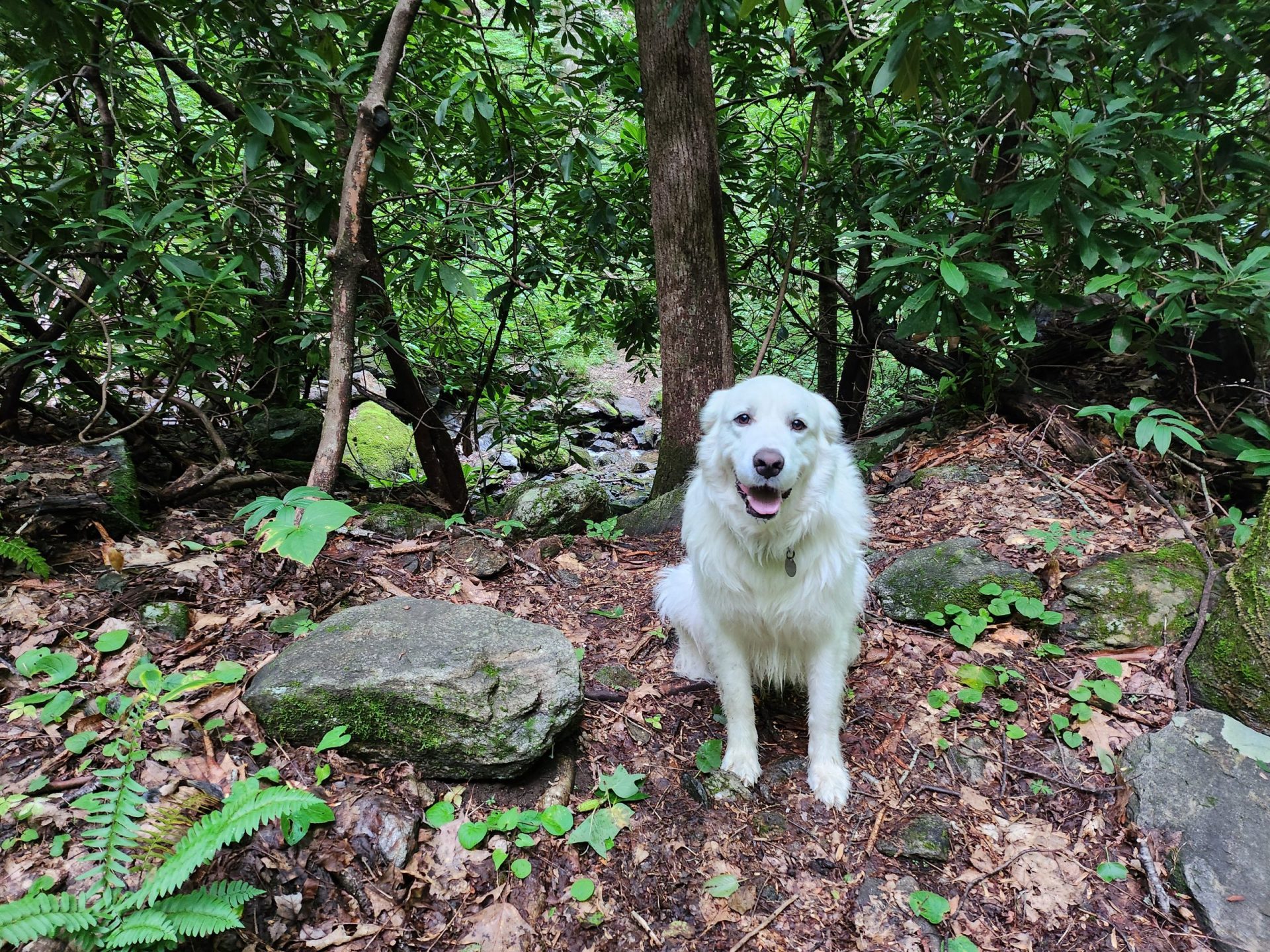
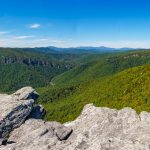
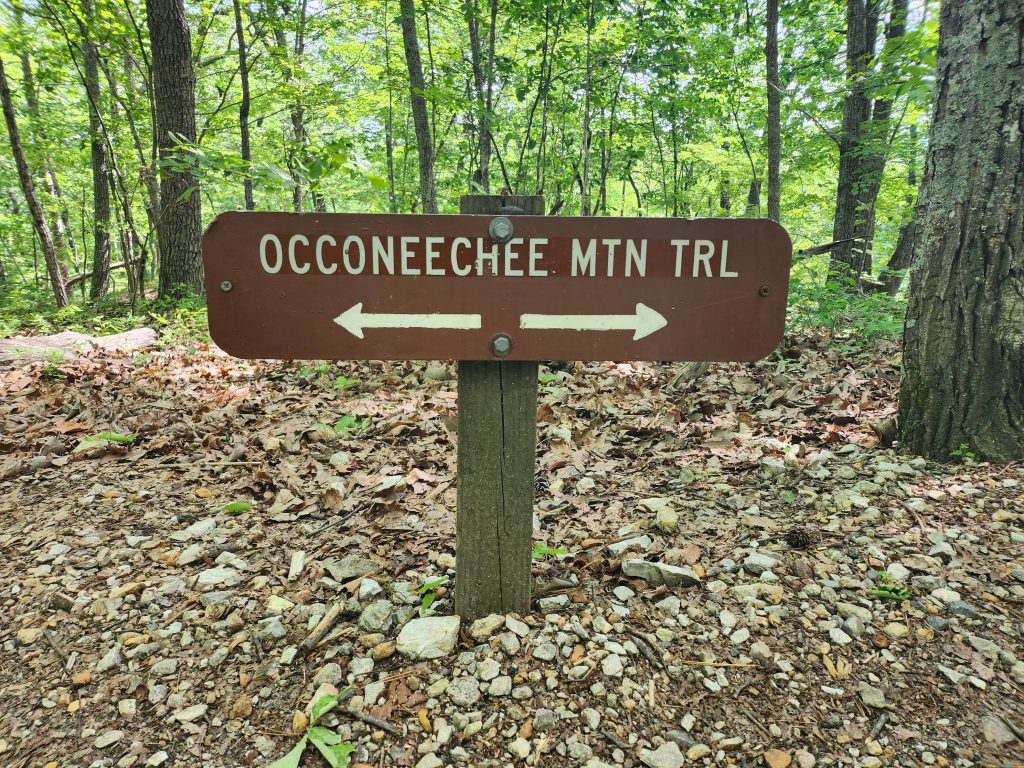
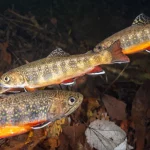
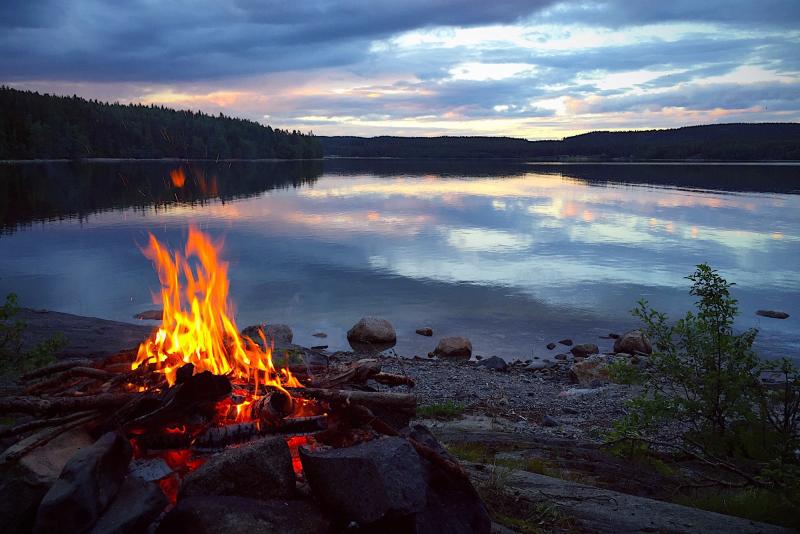
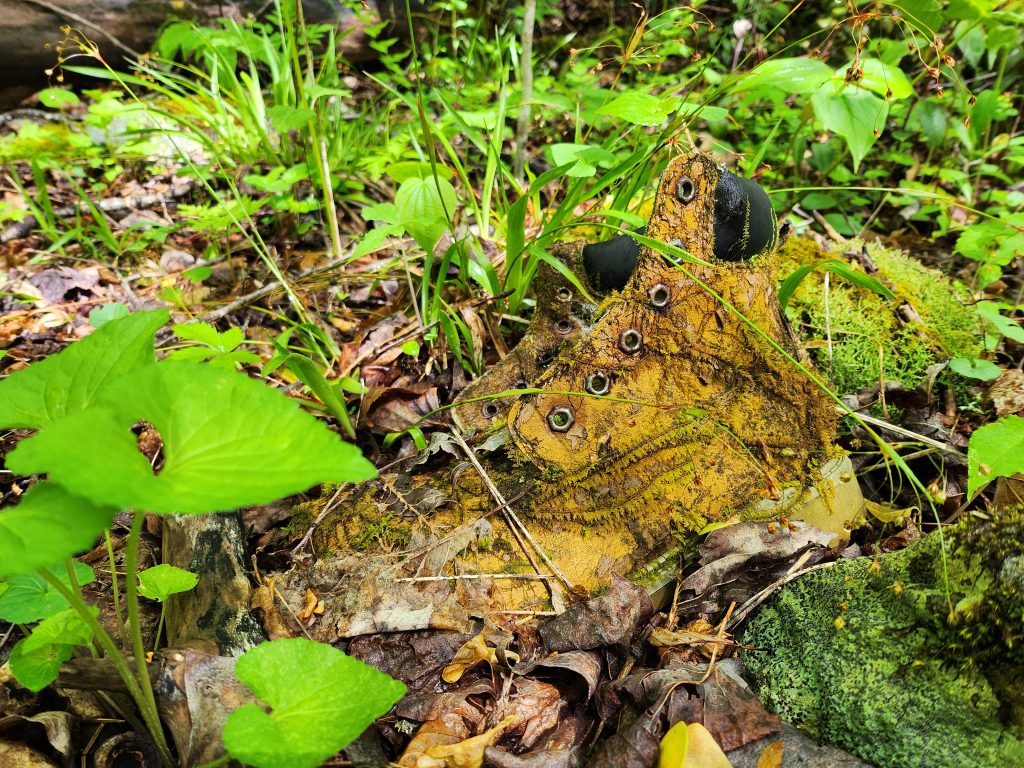


Leave a Reply